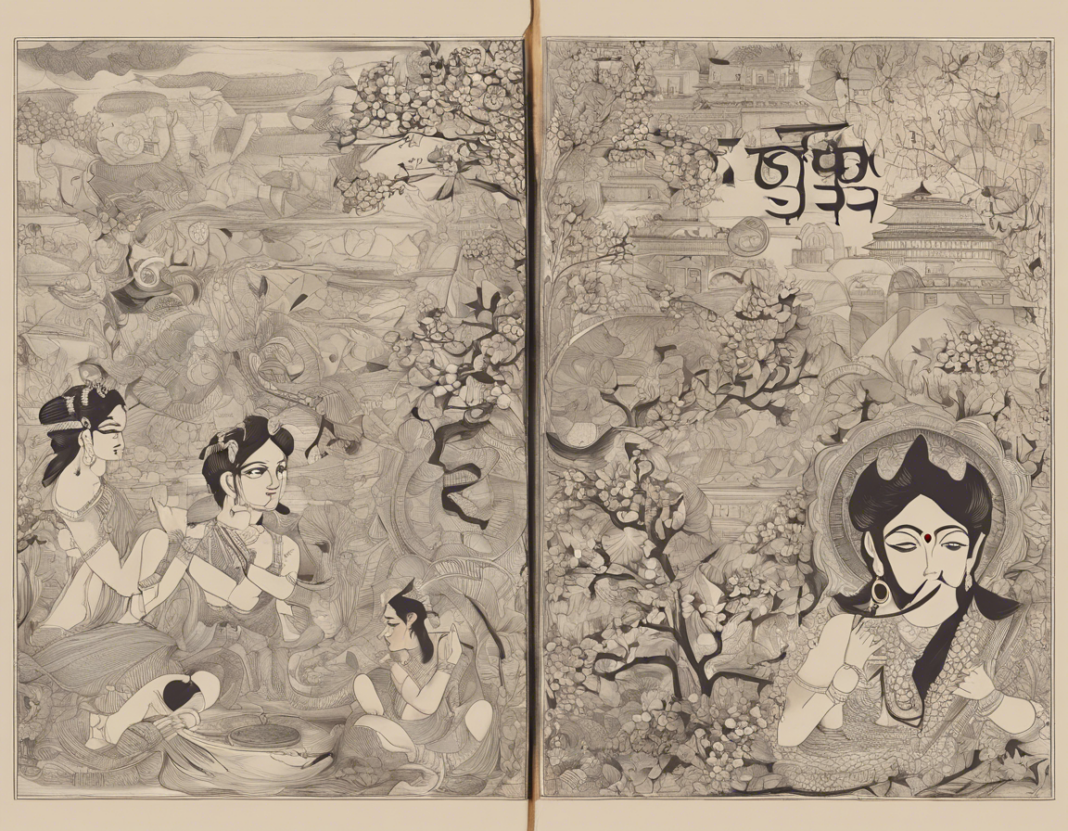The Chachnama, also known as the Chach Nama or the History of the Chach dynasty, is an ancient Persian text that provides insights into the history of Sindh, a region in present-day Pakistan. Believed to have been written by an unknown author in the 13th century, the Chachnama offers a detailed account of the Arab conquest of Sindh and the establishment of Islamic rule in the region. This historical narrative is a significant source for understanding the political, social, and cultural developments in Sindh during the early Islamic period.
Historical Background
The Chachnama is set against the backdrop of the Arab invasion of Sindh in the 8th century. At that time, Sindh was ruled by the Hindu Chach of Aror dynasty. The Arab forces, led by Muhammad bin Qasim, launched a military campaign to conquer Sindh in 711 CE. The Chachnama chronicles the events leading up to the Arab invasion, the battles fought between the Arab and Hindu armies, and the subsequent consolidation of Islamic rule in the region.
Content of the Chachnama
The Chachnama is divided into several chapters or sections, each dealing with different aspects of the Arab conquest and subsequent rule in Sindh. Some of the key themes covered in the text include:
-
Historical Background: The Chachnama provides a brief overview of the political situation in Sindh before the Arab invasion, highlighting the power struggles and rivalries among the local rulers.
-
Arab Conquest: The text offers a detailed account of the Arab military campaign, including the strategies employed by Muhammad bin Qasim and his forces in defeating the Hindu rulers.
-
Administration: The Chachnama discusses the administrative structure established by the Arabs in Sindh, focusing on issues such as taxation, governance, and justice.
-
Social and Cultural Aspects: The text sheds light on the interaction between the Arab conquerors and the local population, as well as the spread of Islam in the region.
-
Legacy of the Arab Conquest: The Chachnama reflects on the lasting impact of the Arab conquest on the political and cultural landscape of Sindh, including the conversion of the population to Islam.
Significance of the Chachnama
The Chachnama is considered an important historical document for several reasons:
- It provides a unique Persian-language perspective on the Arab conquest of Sindh, offering insights that are not found in Arabic sources.
- The text offers valuable information on the political and social conditions in Sindh during the early Islamic period, helping scholars understand the dynamics of power and authority in the region.
- The Chachnama serves as a source of cultural and religious history, documenting the spread of Islam in Sindh and its impact on local customs and traditions.
Relevance Today
While the Chachnama is a historical text that pertains to events that took place centuries ago, its relevance endures to this day. By studying the Chachnama, historians and scholars can gain a deeper understanding of the cultural exchange, conflict resolution, and social transformation that occurred during the Arab conquest of Sindh. The text also serves as a reminder of the complexities of religious and political interactions, offering lessons that are still pertinent in the contemporary world.
Frequently Asked Questions (FAQs)
-
Who wrote the Chachnama?
The author of the Chachnama is unknown, but it is believed to have been written in Persian sometime in the 13th century. -
What is the Chachnama about?
The Chachnama is a historical text that chronicles the Arab conquest of Sindh in the 8th century and the establishment of Islamic rule in the region. -
Why is the Chachnama important?
The Chachnama is significant because it provides insights into the political, social, and cultural developments in Sindh during the early Islamic period. -
What language was the Chachnama written in?
The Chachnama was written in Persian, which was a common language of administration and culture in medieval South Asia. -
What topics does the Chachnama cover?
The Chachnama covers a range of topics, including the historical background of Sindh, the Arab conquest, administration, social and cultural aspects, and the legacy of the conquest.
In conclusion, the Chachnama stands as a valuable historical text that offers a unique perspective on the Arab conquest of Sindh and the establishment of Islamic rule in the region. Scholars continue to study this ancient Persian document to deepen their understanding of the past and draw lessons for the present.


